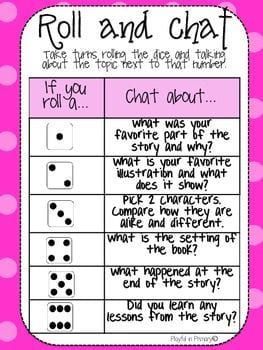How much time during the lesson do you devote to profound work with the text? Some teachers try to do the reading part as fast as possible since they often hear students saying “Reading is boring!” (that’s what lots of students would say as in most cases they have to read a text and just do tasks). But how to make students enjoy the process? What else can be done apart from developing reading skills while reading a text? Today we are going to show how to make reading a great, fascinating and inspiring activity.
Main tips
First, and obviously really important, a reading lesson should include pre-reading activities, reading itself, and after-reading activities.
Secondly, the text must be up-to-date, vital, and provoking.
Thirdly, but still worth paying your attention to, don’t forget about after-reading tasks which give students an opportunity to share their thoughts and ideas.
Pre-reading tasks
- Making predictions. Most students really love this task. You make a number of sentences based on the text and ask students to guess whether these statements are true or false. Another option is to make a list of questions and ask the students to answer them. The answers may be funny or realistic, both variants are great. They help students to concentrate on the upcoming task. After the answers are given the students can read the text and find out the real answers.
- Brainstorming. This task can turn out to be your students’ favourite. Students have the topic of the text and try to give as many ideas (words on this topic) as possible. This task is also a great help for the teacher. You will see the words which students already know and will have more time to practice new ones. The main idea here is to give students an opportunity to create the story and only after that to read the real one. Who knows, maybe your students’ story will be even better!
- Pictures or Video. Show a set of pictures of an part of the video (based on the text). These make pre-reading extremely vivid. It makes students focus on the topic of future reading and to form the outline of the story.
- Crumpled picture/text. Make the copy of the picture or the text from the students book. Let the students twist it in their hands, look at it from different angles trying to guess what the story is going to be about.
- Cut the title into pieces. It may really be great fun. Start from the first letter of the title and ask students for their associations. Add the second word and wait for more ideas. And, finally, discuss the whole title.
Next step is reading itself
The most important thing is to make it fun! Your memory will save every single thing if it’s done in a fun way.
-
- Reading in different voices. Ask your students to read the text in angry, happy, excited or alien voice. At first they will be a bit shy but if you show them it’s ok to be funny they will soon be relaxed and show you all their talents.
- Text creation. Not an easy task, but a great one. Students need to put the parts of the text in the correct order to make the essential text.
- Read only your part. Divide the class into several groups. In each group you need to give every person only a part of the text. After reading their part, they can discuss it with students from different group. And only after these steps they can retell their part to other members of their group.
- Role-play the text. Especially when you have comics. You can also add some stuff related to the story to make it even more fun and realistic.
- Find something in the text. It really helps to develop scanning skills. Divide the class into several groups, say what each group is looking for (e.g. nouns, verbs, adjectives), set the limit of 2 or 3 minutes. When the time is up, you can ask the groups to reproduce the story using the words they’ve found.
After-reading task. (Usually forgotten)
- Roll and Chat

You can use dice or Spinner for this task and some questions prepared beforehand. It’ll turn a boring discussion into a fun activity.
- Moviemakers.You students have to be as creative as possible. Set the limit of one page. The task is to explain to the producer why this story would be a superb movie, or why not.
- Fictional friends. Nobody likes to describe characters. This is the fact. But everyone loves to talk about friends. If you ask your students to choose one character as a friend and then explain why they have made this choice, you will see how passionate they will talk about the characters.
- Talk for a minute. For this task you need to prepare the cards with the words from the text. After the text is read, you can put the pile of cards in the middle of the text and ask the students to take one card at a time. They have a minute to talk about something using this word. The others need to guess what word is it. The winner is someone who guesses the most words.
To make it more fun use a voice changer, so that students sounded as if they are ghosts, detectives, under the water and so on. Use online tools like voicechanger.io
4. Retell the story as if you were … Chose the minor character from the story and ask your students to think about the feeling of this character. Sometimes they need to create the beginning of the story before the main actions took place. You can find it useful to give such a task as a homework.






 Вероника Аветисян
Вероника Аветисян 
 Маргарита Аветисян
Маргарита Аветисян 


